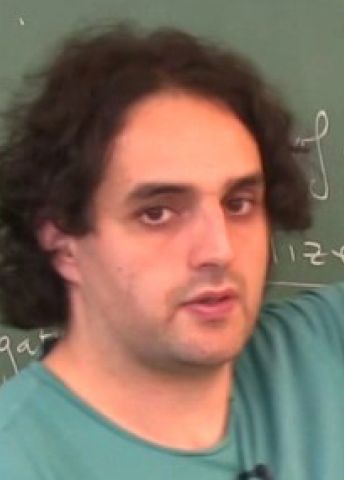
Program for mathematics 2019
Grant to recruit an international researcher
for a postdoctoral position
Associate Professor Wushi Goldring
Stockholm University
Grant to recruit an international researcher
for a postdoctoral position
Associate Professor Wushi Goldring
Stockholm University
On the origins of geometric objects
Associate Professor Wushi Goldring will receive funding from the Knut and Alice Wallenberg Foundation to recruit an international researcher for a postdoctoral position at the Department of Mathematics, Stockholm University.
The overall subject of the project is the role that group theory plays in mathematics and, more specifically, determining the extent to which groups give rise to geometry. The main idea is to show that many more geometric objects are generated by groups than was previously believed.
Group theory has its roots in the early 1800s and, ever since, groups have been omnipresent in literally all branches of mathematics. Their applications have also spread to other sciences such as physics, chemistry and biology. Several breakthroughs made in the late 1800s paved the way for the 20th century’s mathematics (and physics). They demonstrated the unprecedented potential of group theory for organizing, classifying, and uniting mathematics. Was there anything more to add?
The fact is that the seeds of a completely different role for group theory in mathematics were already hinted at by the subject’s founding father: Évariste Galois. In his théorie de l'ambiguité from the 1830’s (ambiguity theory, which later became known as Galois theory), he showed that groups were the source of much mathematics that had previously been studied without groups. In other words, groups also give rise to geometric objects.
In recent years, many prominent mathematicians, including Alexander Grothendieck and Pierre Deligne, have actually found examples of geometric objects constructed from groups. However, they were not looking to answer the question of why groups work so well for classifying geometric objects. In fact, there seems to be no person nor program with the main objective of investigating the extent to which geometry is generated by groups. The primary purpose of this project is to fill that gap.